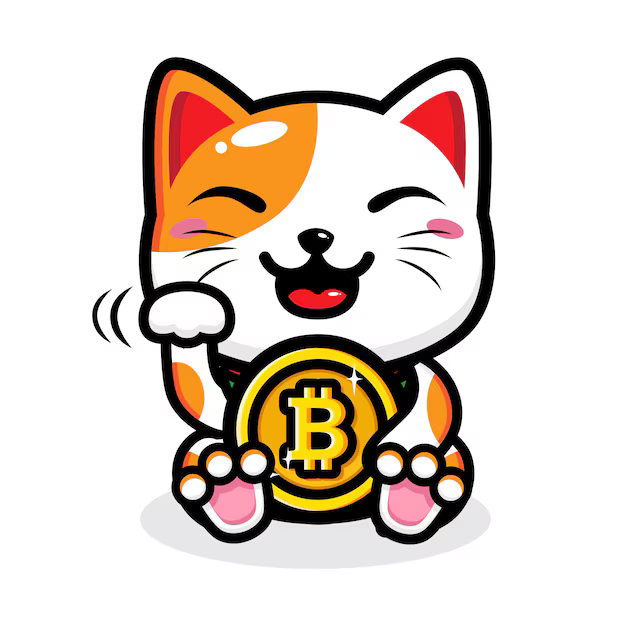
RedStone priceRED
RedStone (RED) has been listed on Bitget spot trading market, you can quickly sell or buy RED. Trading Link: RED/USDT.
New users can get a welcome gift package worth 6200U, Claim it now>>
RED/USD price calculator
RedStone market Info
Live RedStone price today in USD
Do you think the price of RedStone will rise or fall today?
Now that you know the price of RedStone today, here's what else you can explore:
How to buy RedStone (RED)?How to sell RedStone (RED)?What is RedStone (RED)What would have happened if you had bought RedStone (RED)?What is the RedStone (RED) price prediction for this year, 2030, and 2050?Where can I download RedStone (RED) historical price data?What are the prices of similar cryptocurrencies today?Want to get cryptocurrencies instantly?
Buy cryptocurrencies directly with a credit card.Trade various cryptocurrencies on the spot platform for arbitrage.RedStone price prediction
When is a good time to buy RED? Should I buy or sell RED now?
What will the price of RED be in 2026?
In 2026, based on a +5% annual growth rate forecast, the price of RedStone(RED) is expected to reach $0.2441; based on the predicted price for this year, the cumulative return on investment of investing and holding RedStone until the end of 2026 will reach +5%. For more details, check out the RedStone price predictions for 2025, 2026, 2030-2050.What will the price of RED be in 2030?
About RedStone (RED)
What Is RedStone?
RedStone is a modular blockchain oracle designed to provide reliable off-chain data to decentralized applications (dApps) across multiple blockchain networks. It enables smart contracts to access real-time price feeds, financial data, and custom analytics without relying on centralized sources. By supporting over 70 blockchains and 1,250+ assets, RedStone helps secure billions of dollars in value across various DeFi protocols.
Unlike traditional oracles, RedStone separates data acquisition from on-chain verification, making its system faster, more flexible, and cost-efficient. Developers can choose how they receive data using Push, Pull, or ERC-7412 models, allowing different levels of gas efficiency and customization. This approach ensures that DeFi platforms, lending protocols, derivatives markets, and BTC staking services get accurate and low-latency data without overloading blockchain networks.
Since its launch in 2021, RedStone has positioned itself as a multi-chain oracle solution supporting both EVM-compatible and non-EVM blockchains. It is designed to adapt quickly to emerging blockchain trends, offering custom price feeds and real-world asset data to support the growing needs of the decentralized finance ecosystem.
How RedStone Works
RedStone operates through three primary data delivery models, each catering to different blockchain applications based on their security, efficiency, and cost considerations.
- Push Model: This method involves storing price data on-chain at regular intervals. It ensures that protocols can access up-to-date pricing information without needing to request it during each transaction. This approach is best suited for lending platforms, automated market makers (AMMs), and perpetual trading protocols that require constant data availability.
- Pull Model: In contrast to the Push Model, the Pull Model injects price data directly into a user’s transaction at the moment of execution. Instead of continuously updating price feeds on-chain, the data is delivered only when needed, significantly reducing gas costs. This model is particularly useful for protocols that prioritize low-latency data with minimal on-chain storage requirements.
- ERC-7412 Model: This model combines off-chain aggregation with on-chain validation, offering a balance between efficiency and decentralization. By verifying data through a multi-signature consensus mechanism, ERC-7412 ensures that only accurate and secure information is recorded on the blockchain. This model is designed for protocols that require scalable, high-throughput data processing.
To ensure data accuracy and integrity, RedStone sources price information from over 150 providers, including centralized exchanges, decentralized exchanges, financial institutions, and blockchain data aggregators. The data is cryptographically signed and verified before being transmitted on-chain, reducing the risk of price manipulation and data inconsistencies.
What Is the RED Token?
The RED token is the native utility token of the RedStone ecosystem. It serves multiple functions, primarily securing the oracle network, incentivizing data accuracy, and enabling governance participation.
One of the key uses of RED is staking. Within RedStone’s EigenLayer Actively Validated Service (AVS) framework, data providers and network participants must stake RED tokens as collateral to ensure the integrity of the oracle system. If a provider submits inaccurate or malicious data, a slashing mechanism is triggered, leading to the forfeiture of a portion of their staked tokens. This economic model encourages honest participation and accurate data reporting, strengthening the reliability of RedStone’s price feeds.
In addition to security, RED plays a role in governance. Token holders have the ability to participate in decision-making processes related to protocol upgrades, network expansion, and economic incentives. This decentralized governance structure allows the community to influence the future development of RedStone.
The total supply of RED is 1 billion tokens, with an initial circulating supply of approximately 30%. The token allocation includes community incentives, ecosystem development, core contributors, and early backers. The strategic distribution of RED ensures long-term sustainability while supporting the adoption of RedStone’s oracle services.
Should You Invest in RedStone?
Whether RedStone is a good investment depends on its adoption and long-term potential. As a flexible and cost-efficient oracle, it has strong use cases in DeFi, but success will depend on how widely it's used. The RED token plays a key role in securing the network through staking. If more projects rely on RedStone for data, demand for RED could grow. That said, crypto markets are unpredictable, and competition from other oracle providers is a factor to consider. If you’re interested in blockchain infrastructure, RedStone is worth keeping an eye on. But, as with any investment, do your own research and understand the risks before getting involved.
Bitget Insights




RED/USD price calculator
RED resources
What can you do with cryptos like RedStone (RED)?
Deposit easily and withdraw quicklyBuy to grow, sell to profitTrade spot for arbitrageTrade futures for high risk and high returnEarn passive income with stable interest ratesTransfer assets with your Web3 walletWhat is RedStone and how does RedStone work?
Global RedStone prices
Buy more
FAQ
What is the current price of RedStone?
What is the 24 hour trading volume of RedStone?
What is the all-time high of RedStone?
Can I buy RedStone on Bitget?
Can I get a steady income from investing in RedStone?
Where can I buy RedStone with the lowest fee?
Related cryptocurrency prices
Prices of newly listed coins on Bitget
Hot promotions
Where can I buy RedStone (RED)?
Video section — quick verification, quick trading









